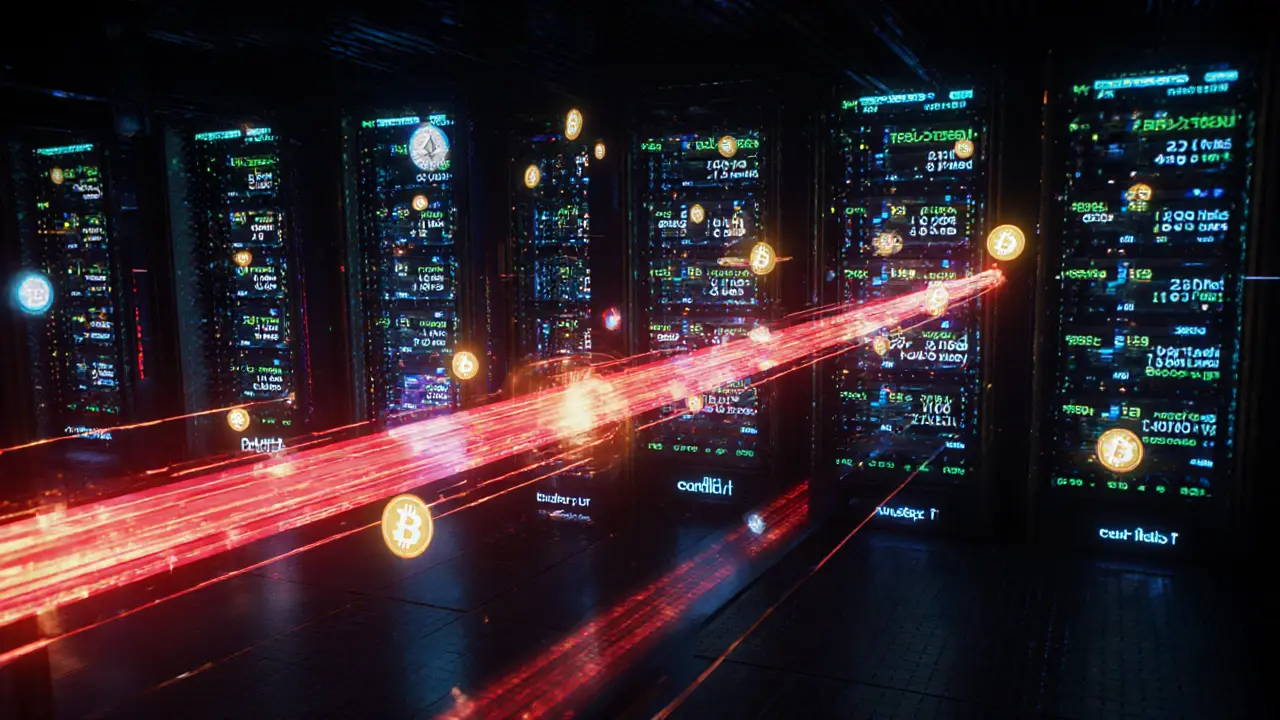Mempool Explorer: Track Crypto Transactions in Real Time
When you send Bitcoin or Ethereum, it doesn’t jump straight into a block. First, it waits in a holding area called the mempool, a temporary storage for unconfirmed cryptocurrency transactions waiting to be picked up by miners or validators. Also known as the transaction pool, it’s where the real-time pulse of the network beats—before any coin moves, before any fee is paid, before anyone knows if the transaction will succeed. A mempool explorer, a tool that displays live, unconfirmed transactions on the blockchain lets you watch this chaos unfold. You can see which transactions are stuck, which ones are getting ignored, and which ones are being rushed with high fees. It’s not just for techies—traders use it to guess when prices might move, investors check it to spot large transfers from wallets they’re watching, and even scammers leave traces here before they vanish.
Think of the mempool like a crowded airport terminal before boarding. Some people (transactions) have priority passes (high fees), others are stuck in line because they didn’t pay enough. Miners pick the most profitable ones first, leaving the rest to rot. Tools like mempool explorers show you exactly who’s waiting, how long they’ve been waiting, and how much they’re offering to jump ahead. That’s why, during a Bitcoin surge, you’ll see thousands of transactions piling up—some paying 10x the normal fee just to get confirmed in the next block. And when a big wallet moves millions? That shows up here first. The mempool is where you catch the early signs of a whale dumping, a rug pull starting, or a network getting overwhelmed.
Related to this are blockchain forensics, the practice of tracing crypto transactions to detect illegal activity, and crypto sanctions, government restrictions on specific wallets or addresses. Authorities use mempool data to flag suspicious behavior before a transaction even confirms. If you’re trying to move funds from a blacklisted wallet, the mempool explorer might show you exactly where your transaction is getting blocked. It’s not magic—it’s just visibility. And that’s why understanding the mempool isn’t just about timing your trades. It’s about knowing what’s really happening on the blockchain before the headlines do.
Below, you’ll find real-world examples of how mempool data ties into crypto scams, exchange delays, and even government tracking. Some posts show how scammers hide in low-fee queues. Others reveal how regulators use mempool patterns to catch sanctions violators. Whether you’re trading, investing, or just trying to avoid getting ripped off, knowing how the mempool works gives you an edge no chart ever could.




